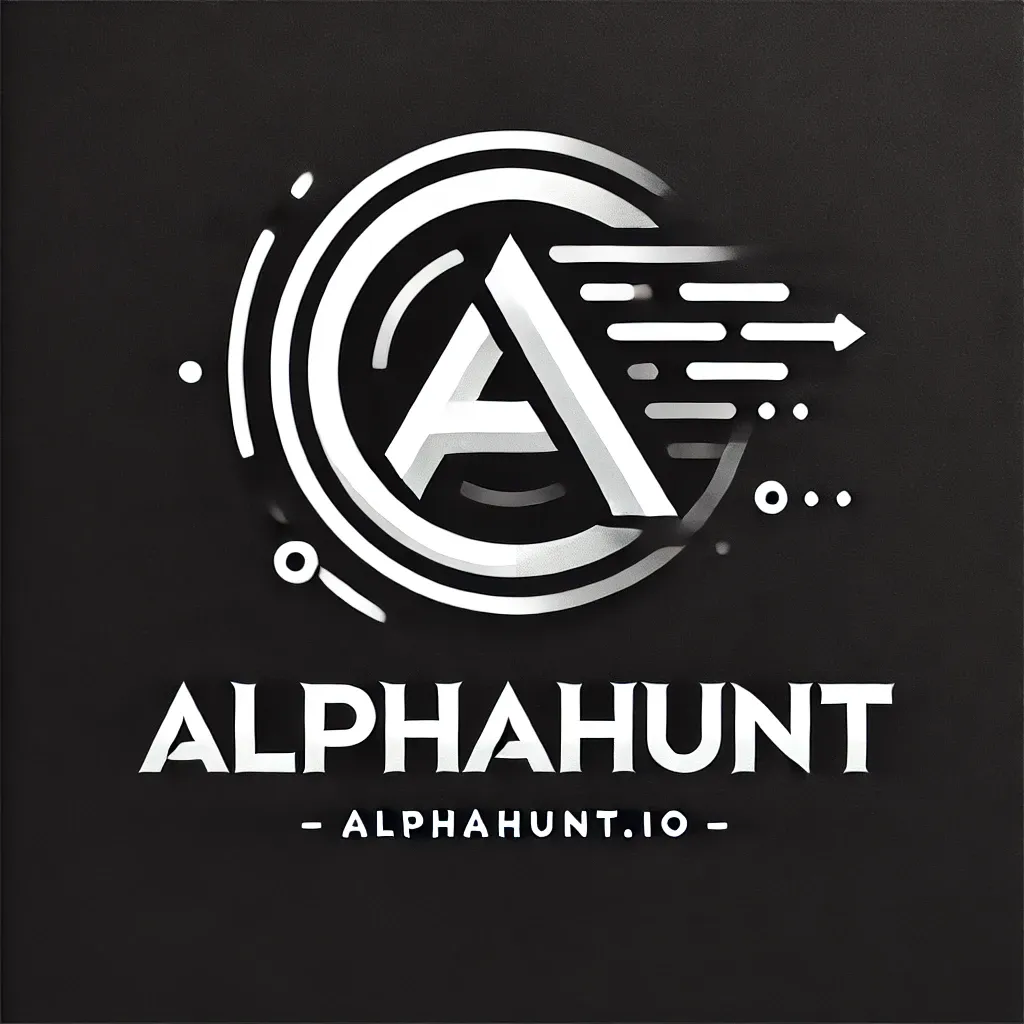Safeguarding Biometric Data: Addressing Cybersecurity Threats in IoT Health Devices
The integration of IoT health devices, such as wearable fitness trackers, smart medical devices, and remote monitoring systems, into healthcare systems has significantly enhanced patient care and operational efficiency.

TL;DR
-
Current Threats to IoT Health Devices:
- Data Breaches: Attackers can exploit vulnerabilities to access and steal biometric data, which can be sold on the black market or used for identity theft.
- Unauthorized Access: Many devices lack strong authentication mechanisms, making them vulnerable to unauthorized access and control.
- Device Tampering: Physical and remote tampering can lead to data manipulation, device malfunction, and compromised patient safety.
-
Identified Vulnerabilities:
- Weak Encryption: Outdated encryption protocols make it easier for attackers to intercept and decrypt sensitive data.
- Outdated Firmware: Devices with outdated firmware are more susceptible to known vulnerabilities.
- Insufficient Network Segmentation: Poor network segmentation allows attackers to move laterally within a network, increasing the risk of widespread breaches.
-
Mitigation Strategies:
- Implement Strong Encryption: Use advanced encryption standards to protect data in transit and at rest.
- Regular Firmware Updates: Establish a routine for updating device firmware to patch known vulnerabilities.
- Multi-Factor Authentication (MFA): Implement MFA for accessing IoT health devices and associated systems.
- Network Segmentation: Segment networks to isolate IoT health devices from other critical systems.
- Security Awareness Training: Educate healthcare staff on cybersecurity best practices.
Research Summary
The integration of IoT health devices, such as wearable fitness trackers, smart medical devices, and remote monitoring systems, into healthcare systems has significantly enhanced patient care and operational efficiency. However, these devices also introduce substantial cybersecurity risks, particularly concerning the theft of biometric data, which is highly sensitive and valuable. This report provides a comprehensive analysis of the potential abuse of emerging IoT health devices for biometric data theft, including an overview of current threats, identified vulnerabilities, and recommended mitigation strategies.
Current Threats to IoT Health Devices
IoT health devices are prime targets for various cyber threats due to the sensitive nature of the data they collect. Data breaches are a significant concern, as attackers can exploit vulnerabilities to access and steal biometric data, which can be sold on the black market or used for identity theft. Unauthorized access is another critical threat, with many devices lacking strong authentication mechanisms, making them vulnerable to control by malicious actors. Additionally, device tampering, both physical and remote, can lead to data manipulation, device malfunction, and compromised patient safety.
Identified Vulnerabilities
Several vulnerabilities have been identified in IoT health devices. Weak encryption protocols make it easier for attackers to intercept and decrypt sensitive data. Outdated firmware is another common issue, as devices with outdated software are more susceptible to known vulnerabilities. Insufficient network segmentation allows attackers to move laterally within a network once a single device is compromised, increasing the risk of widespread data breaches and system disruptions.
Mitigation Strategies
To protect against these threats, several mitigation strategies are recommended. Implementing strong encryption standards, such as AES-256, can protect data in transit and at rest. Regular firmware updates are crucial to patch known vulnerabilities, and automated update mechanisms can help ensure devices remain secure. Multi-factor authentication (MFA) adds an extra layer of security, making unauthorized access more difficult. Network segmentation can isolate IoT health devices from other critical systems, limiting the potential impact of a compromised device. Finally, security awareness training for healthcare staff can help prevent human errors that could lead to security breaches.
Breaches and Case Studies
-
Case Study: Data Breach in Healthcare IoT Devices - October 2024 - Healthcare IT News
- Description: A report by Censys revealed that over 14,000 unique IP addresses exposing healthcare devices and systems containing sensitive medical data were accessible to the public internet. The vulnerabilities included open DICOM ports and EHR systems.
- Actionable Takeaways: Remove public access to sensitive systems, implement firewalls and VPNs, and configure DICOM interfaces to require authentication and encryption.
-
Case Study: IoT Healthcare Device Tampering - November 2024 - Sepio Cyber
- Description: Attackers exploited vulnerabilities in IoT healthcare devices to tamper with medical equipment and compromise patient data. The lack of robust authentication and outdated firmware were key factors in the breach.
- Actionable Takeaways: Implement robust authentication mechanisms, regularly update firmware, and conduct thorough security assessments of all connected devices.
Recommendations, Actions, Suggested Pivots, Forecasts and Next Steps..
(Subscribers Only)





